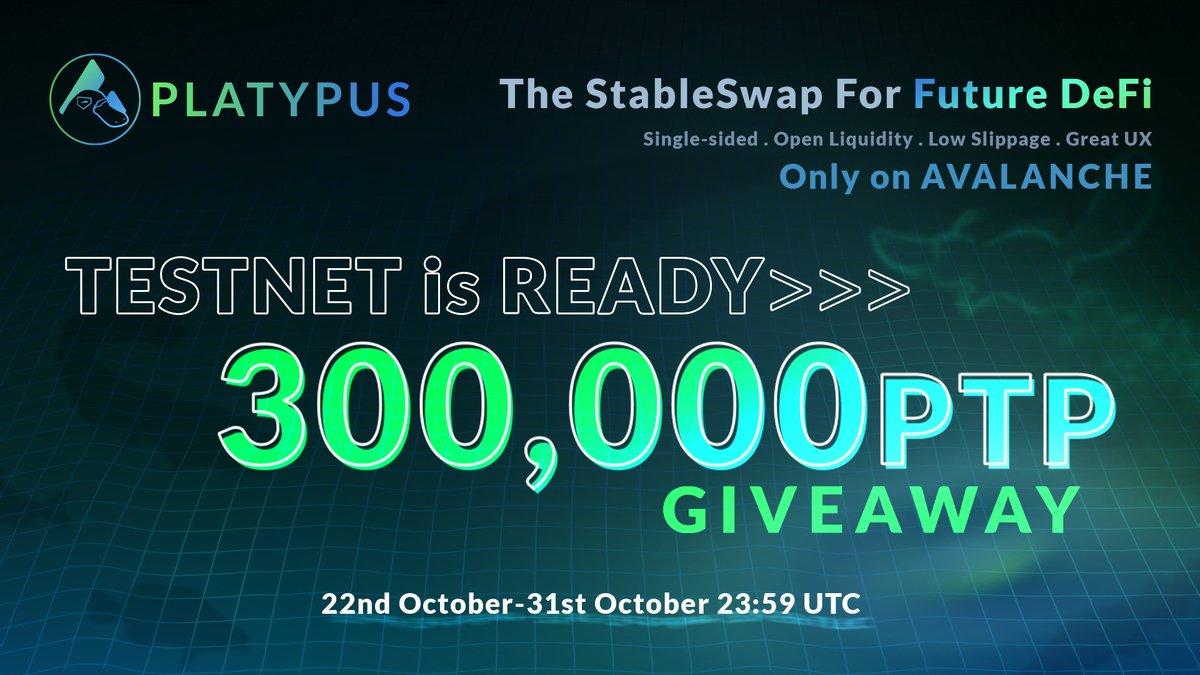The transaction speed (latency) of blockchain technology is a significant issue that needs to be addressed.
The average time it takes for a block on the bitcoin blockchain to be verified is 10 minutes, which limits the number of transactions per second (TPS) to 6.7 transactions per second. At the same time, the number of transactions per second (TPS) on Ethereum ranges between 10 and 30, even higher depending on network congestion and other related factors. These numbers are pale compared to Visa’s 24,000 TPS or PayPal’s 193 TPS.
From the user’s point of view, latency is the time delay between the user “clicking” on a CTA (call-to-action) and the point where the click generates the desired response. That said, even in the current internet infrastructure (Web2), latency is among the top reasons for online platforms facing such a steep drop-off in interest from potential customers.
In fact, Google reports that bounce rates are likely to increase by as much as 32% if a website’s load time is increased from 1 second to 3 seconds. Accordingly, in order for blockchain technology to be seen as a viable alternative for banks and other financial institutions, this issue needs to be addressed and fixed as soon as possible.
Currently, the majority of the dApps (decentralized applications) running on Ethereum face severe latency problems. The main reason for this is that blockchain is a decentralized system, which means it does not have any central point of control. Due to its decentralized and distributed nature, it needs to maintain a continuously growing list of records called blocks. Each time a block is completed and verified, a new block is generated. This public ledger is created by linking blocks (like a chain) in chronological order, with each block containing the hash of the previous block.
All of the verifying, recording, and linking eats up a considerable amount of time, which leads to latency. While legacy chains are nowhere close to offering the click-and-go speeds required to engage and retain customers, third-generation blockchains have developed novel solutions that offer greater speed and scalability. For instance, Solana has developed an infrastructure that can support speeds of up to 65,000 transactions per second.
However, in this context, it is critical to note that there can be several reasons for latency and it isn’t just limited to blockchain’s inherent design. For instance, in addition to the overall TPS offered by the underlying blockchain, the infrastructure used by dApp developers is also responsible for speed-related issues.
QuickNode: New Benchmarks For Blockchain Latency Reduction
Talking about node and API service providers, QuickNode, a Web3 developer platform with lightning-fast APIs and globally distributed nodes, is setting new standards for speed.
The platform’s extensive product suite, all of it packed in a simple control panel, includes dedicated nodes, elastic APIs, one-click webhooks for smart contracts, inbuilt analytics, monitoring tools, and much more. Currently, QuickNode supports Binance Smart Chain (BSC), Solana, Bitcoin, Optimism, Fantom, Terra, Arbitrum, Algorand, xDai, Polygon (Matic), Ethereum, and Celo, with more chains in the pipeline.
The QuickNode team is extremely transparent about its process and results. Earlier this year, QuickNode published a whitepaper detailing a data-backed comparison of latency across the Solana ecosystem. In this report, QuickNode’s network speed was compared with other commonly used public endpoints and node infrastructure providers on Solana. This report showed that QuickNode had an 8x faster response time compared to Project Serum’s API node and Solana foundation’s API cluster.
Following this report, developers have been urging the QuickNode team to publish another report – this time showcasing the performance of the QuickNode Ethereum RPC. Maintaining their transparent outlook, the QuickNode team has now published a new latency benchmarking report comparing its APIs and nodes’ response time with Infura and Alchemy, two of the most prominent API and node service providers for the Ethereum network.
To gather, collate, and compare individual performances, the QuickNode team ran a similar data-driven process as it did for the first test on Solana. By taking into account one cached call (Eth_getTransactionReceipt) and one non-cached call (eth_call), QuickNode focused on measuring latency (response time in milliseconds) for itself, Infura, and Alchemy. The test period spanned for a month, between February 1 and February 28, 2022, where responses for each call were recorded and measured.
QuickNode ran requests via respective network providers every minute from a total of 16 locations across Europe, Asia, and North America. Here’s a quick overview of the results:
- For cached calls: QuickNode’s average response time was 217.7 ms, much less compared to Infura’s 541.3 ms and Alchemy’s 845.6 ms
- For non-cached calls: In this test, QuickNode’s response time averaged at 196.0 ms, while Infura and Alchemy averaged at 449.7 ms and 487.9 ms, respectively
Based on the report, it is evident that QuickNode is, on average, 2.4x times faster than existing service providers. Developers with a keen focus on user experience can understand how much of a difference QuickNode’s promising speed can make as the world transitions from Web2 to Web3.
While these numbers may still be far from the latency standards that exist across the Web2 spectrum, it still marks a huge leap in the right direction given the fact that blockchain’s inherent design and distributed nature make it extremely difficult to deliver blazing fast speeds. With the QuickNode team consistently rolling out new updates and expanding their infrastructure to other blockchains, there are high chances that blockchain will gradually become faster and optimized to meet user expectations.





